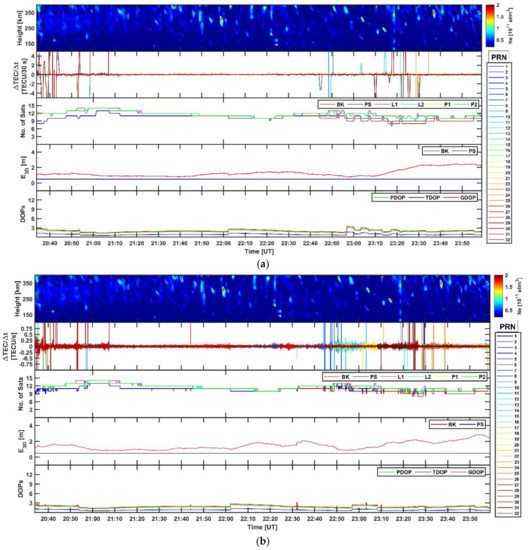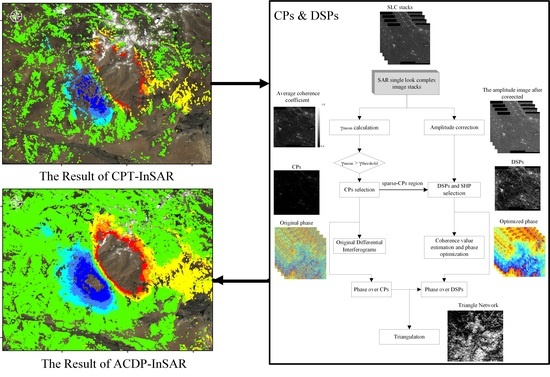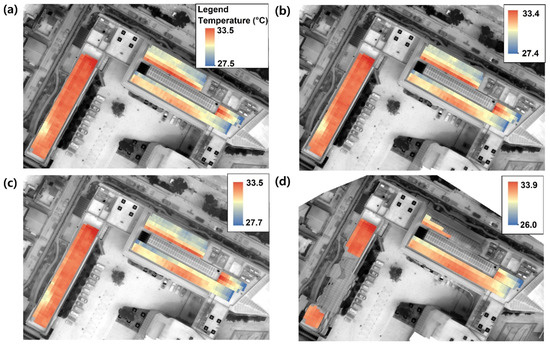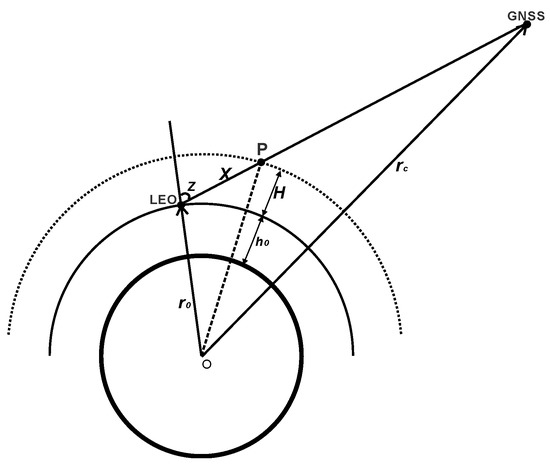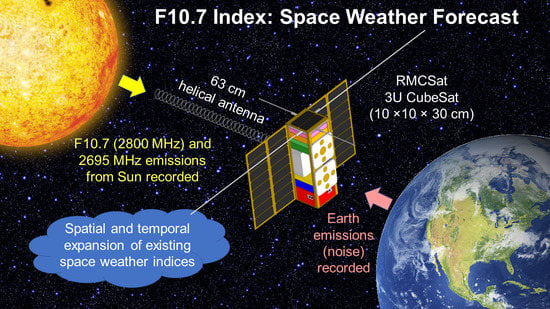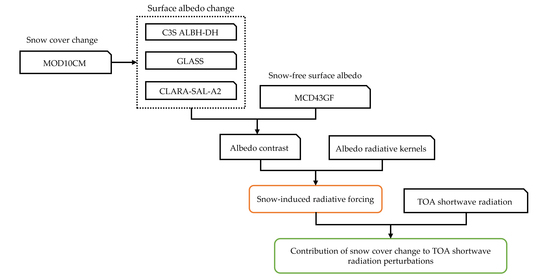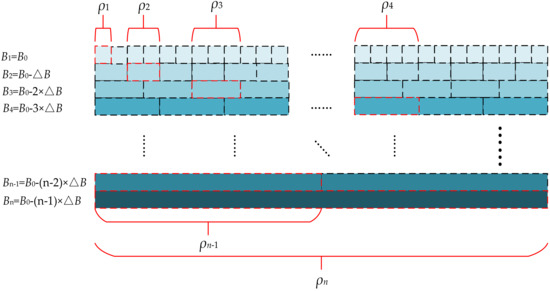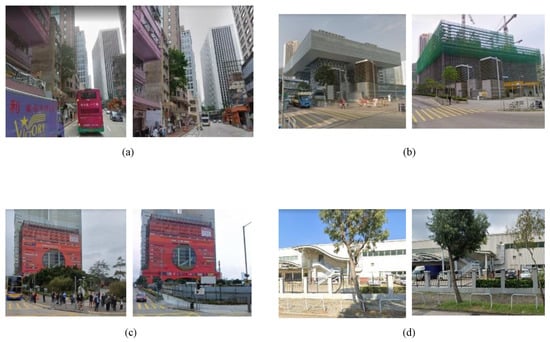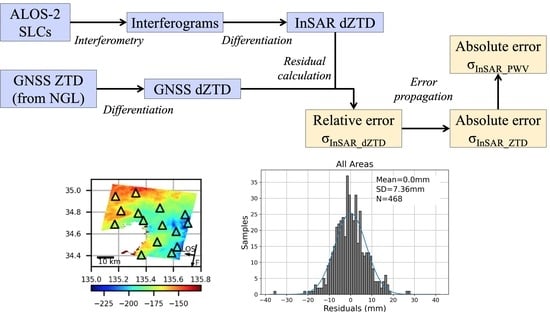Remote Sens. 2021, 13(23), 4798; https://doi.org/10.3390/rs13234798 - 26 Nov 2021
Cited by 4 | Viewed by 2372
Abstract
Irregularities in the spatial distribution of ionospheric electron density introduce temporal fluctuations in the intensity and phase of radio signals received from Global Navigation Satellite Systems (GNSS). The impact of phase fluctuations originating from irregularities in the auroral and polar ionospheres on GPS
[...] Read more.
Irregularities in the spatial distribution of ionospheric electron density introduce temporal fluctuations in the intensity and phase of radio signals received from Global Navigation Satellite Systems (GNSS). The impact of phase fluctuations originating from irregularities in the auroral and polar ionospheres on GPS positioning was investigated on three days in March 2018 in the presence of quiet-to-moderately disturbed magnetic conditions by combining measurements from GPS and EISCAT UHF/ESR incoherent scatter radars. Two different positioning solutions were analysed: broadcast kinematic (BK) and precise static (PS). The results show that the propagation through irregularities induced residual errors on the observables leading to an increase in the positioning error, in its variability, and in the occurrence of gaps. An important aspect emerging from this study is that the variability of the 3-D positioning error was reduced, and the presence of gaps disappeared when the positioning solutions were evaluated at a 1 s rate rather than at a 30 s rate. This is due to the transient nature of residual errors that are more significant over 30 s time intervals in the presence of irregularities with scale size between few kilometres in the E region to few tens of kilometres in the F region.
Full article
(This article belongs to the Special Issue Integrated Applications of Real-Time GNSS Precise Positioning Services)
►
Show Figures
